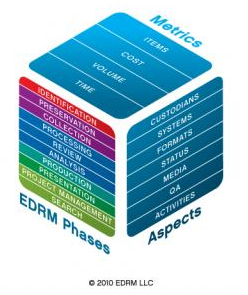Managing an eDiscovery Contract Review Team: Starting the Project

Throughout the life of the project, you will implement some standard project management techniques for monitoring quality and ensuring that questions are resolved efficiently. We’re going to cover those techniques in the next blog posts in this series. There are, however, a couple of special steps you should take at the beginning of a project to ensure that it gets off to a smooth start.
First, you want to make sure very quickly that everyone on the team understands the criteria and is applying it correctly to the documents. The best way to do this is to check everybody’s initial work right away and to provide feedback as quickly as you can. Make arrangements with the supervisory staff to work extra hours the first few days of the project. During the first couple of days of the project, have supervisors check the work after the review staff leaves. Have the supervisors give feedback – one-on-one – to each team member within the first couple of days of the project. In addition, make sure that the supervisors are communicating with one another and with the project manager about what they are finding. Wide-spread misunderstandings will uncover holes in the training and can easily be cleared up with the group in short re-training sessions.
When we talked about who should be on the review team, we talked about “decision makers” and subject matter experts. Make sure these team members are onsite full-time the first few days of the project. There will be a lot of questions the first few days, and you’ll want to resolve those questions quickly. Once the project gets underway, the level of questions will subside, and the supervisors and project manager will be better equipped to answer the questions that do arise. At that point, you probably don’t need the decision makers and subject matter experts on hand full time. But make sure they are present at the start of the project.
How do you approach starting a document review project? Please share any comments you have and let us know if you’d like to know more about an eDiscovery topic.








